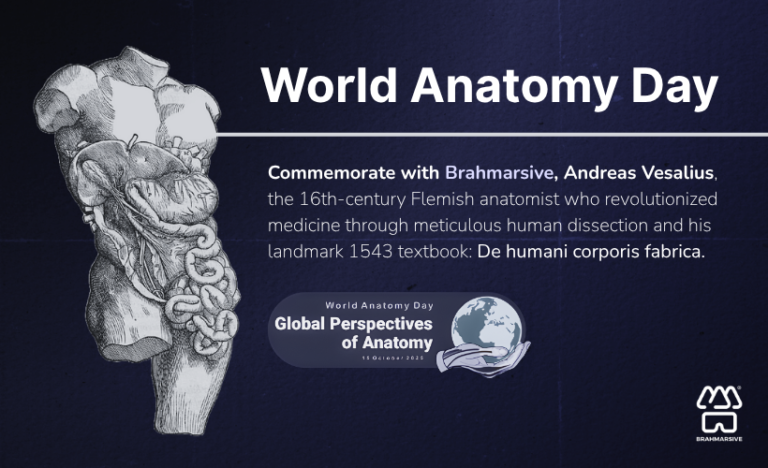The integration of technology into medical education is rapidly transforming traditional learning methodologies. One of the most significant shifts is the adoption of digital cadavers. While the benefits in terms of accessibility, customization, and safety are undeniable, a crucial aspect often overlooked is the financial implications. This blog delves into the cost factors associated with both digital cadavers and traditional dissection labs, providing a comparative analysis across various regions.
Understanding the Costs of Traditional Dissection Labs
Traditional dissection labs are associated with a multitude of expenses:
Cadaver Procurement: The acquisition of cadavers involves costs related to body donation programs, transportation, and storage.
Laboratory Infrastructure: Maintaining dissection labs requires substantial investments in space, ventilation systems, equipment, and safety measures.
Personnel: The employment of technicians, laboratory assistants, and faculty members to oversee the dissection process incurs significant labor costs.
Consumables: Dissection involves the use of various instruments, chemicals, and preservation materials, resulting in recurring expenses.
Disposal: The safe and ethical disposal of biological waste after dissection is an additional cost factor.
The Financial Landscape of Digital Cadavers
While the initial investment in digital cadaver technology can be substantial, the long-term cost implications often present a different picture.
Software and Hardware: The purchase of high-quality digital cadaver software and compatible hardware constitutes the primary upfront cost.
Maintenance and Updates: Regular software updates and hardware maintenance are necessary to ensure optimal performance.
Infrastructure: While digital cadavers require less physical space, investments in computer labs or access to high-speed internet may be needed.
Faculty Training: Training faculty members to effectively utilize digital cadaver technology is an ongoing expense.
Comparative Analysis: A Global Perspective
The cost-effectiveness of digital cadavers compared to traditional labs varies across different regions due to factors such as economic conditions, infrastructure, and government policies.
Developed Countries: In countries with advanced healthcare systems and higher disposable incomes, the initial investment in digital cadavers may be justified by long-term cost savings and improved educational outcomes.
Developing Countries: For regions with limited resources, the upfront cost of digital cadavers can be a significant barrier. However, the potential for cost-saving in the long run and the ability to reach a larger student population can make it a worthwhile investment.
Case Studies
To illustrate the financial implications, let’s examine a few case studies:
Case Study 1: United States – A leading medical school in the US reported a 30% reduction in annual operating costs after transitioning to a hybrid model combining digital cadavers and traditional dissection. (source)
Case Study 2: India – A government-funded medical college in India found that the initial investment in digital cadavers was offset within five years due to reduced operational expenses. (source)
Case Study 3: Australia – A university in Australia reported a significant increase in student satisfaction and improved academic outcomes after adopting digital cadavers, despite a higher initial investment. (source)
Factors Influencing Cost-Effectiveness
Several factors influence the cost-effectiveness of digital cadavers:
Scale of Implementation: The number of students and the frequency of dissection sessions impact the overall cost.
Software and Hardware Costs: The choice of digital cadaver platform and hardware configuration significantly affects the initial investment.
Maintenance and Support: Ongoing maintenance and technical support costs vary depending on the provider.
Faculty Training: The extent of faculty training required impacts labor costs.
Conclusion
The decision to adopt digital cadavers over traditional dissection labs is a complex one, with financial considerations being a critical factor. While the initial investment in digital technology may be higher, the long-term benefits in terms of cost-efficiency, accessibility, and educational outcomes make it a compelling option for many medical schools. A careful evaluation of specific institutional needs and financial constraints is essential to make informed decisions.
As technology continues to advance and the costs associated with digital cadavers decrease, they will likely become the preferred method of anatomical education in the future.





